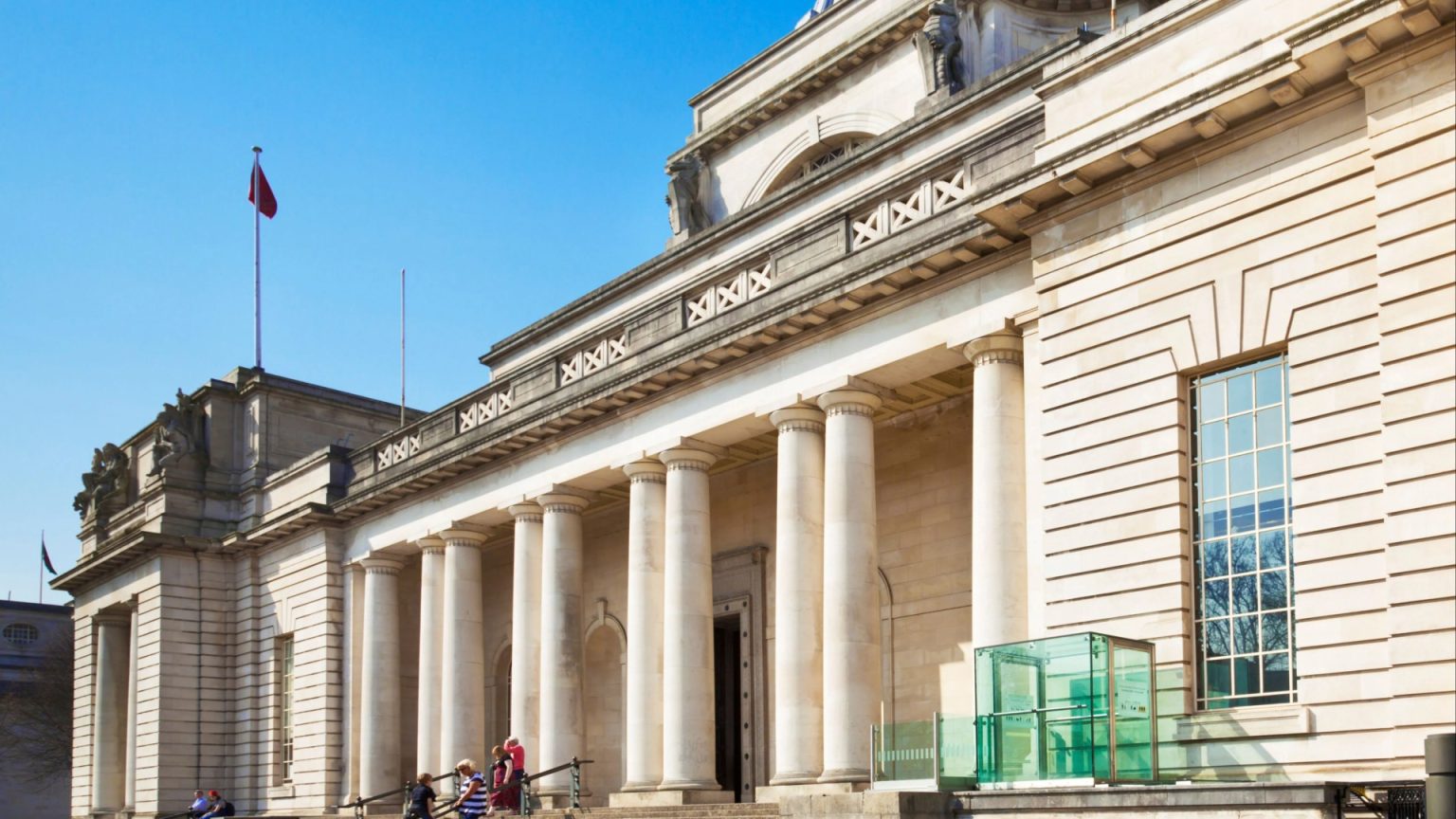The National Museum Cardiff, a prominent cultural institution in Wales attracting over half a million visitors annually, unexpectedly closed its doors to the public, citing “building maintenance” and “health and safety concerns.” The sudden closure, announced through a printed notice at the entrance, took visitors by surprise, leaving many ticket holders who had traveled to Cardiff disappointed and frustrated. The museum’s statement attributed the closure to the need for “immediate maintenance work” and emphasized the prioritization of visitor and staff safety, as well as the preservation of the museum’s extensive collections. While the closure is anticipated to be temporary, no definitive reopening date has been provided, leaving visitors and the community in a state of uncertainty.
The closure has generated significant discussion and concern, particularly on social media platforms like X (formerly Twitter), where users have expressed their disappointment and questioned the lack of prior notice. Many have highlighted the inconvenience caused to visitors, especially those who had pre-purchased tickets or traveled long distances. The abrupt nature of the closure, coupled with the vague “until further notice” timeframe, has prompted calls for greater transparency and a more detailed explanation of the issues necessitating the closure. Some users have also pointed to the potential impact on school visits, emphasizing the museum’s educational role for Welsh children. The lack of clear communication regarding the reopening timeline has further fueled frustration and uncertainty.
The museum’s statement acknowledges the disruption caused by the closure and assures the public that efforts are underway to address the identified issues swiftly. The museum staff are reportedly working diligently to carry out the necessary repairs and improvements to ensure the building meets all safety standards, with the hope of reopening within a few days. However, the lack of specific details regarding the nature of the problems or the scope of the required work leaves the reopening timeline ambiguous. While the museum recommends visiting alternative attractions like St Fagans National Museum of History in the interim, the sudden closure of such a significant cultural institution has undoubtedly left a void in Cardiff’s cultural landscape.
This unexpected closure comes on the heels of recent discussions regarding the museum’s financial challenges and the potential for introducing charges for certain events and exhibitions. The Welsh Government’s budget cuts, amounting to £4.5 million, have reportedly strained the museum’s resources, prompting discussions about alternative funding models. The Chief Executive of Museum Wales previously expressed the difficulty of managing these budget reductions, suggesting that charging for special events might become necessary to maintain operations and preserve the museum’s offerings. These ongoing financial pressures, combined with the unexpected closure due to maintenance and safety concerns, underscore the challenges facing the National Museum Cardiff.
The sudden closure of the National Museum Cardiff highlights the complex interplay between funding, maintenance, and public access in cultural institutions. While the museum’s commitment to visitor safety and the preservation of its collections is commendable, the lack of proactive communication and the uncertainty surrounding the reopening timeline raise concerns about transparency and planning. The incident underscores the need for effective communication strategies, particularly in situations involving public safety and access to essential cultural resources. The museum’s reliance on social media for updates, while convenient, may not reach all affected parties, highlighting the importance of multiple communication channels in crisis situations.
The ongoing financial pressures facing the museum raise broader questions about the sustainable funding of cultural institutions and the impact of budget cuts on their ability to maintain infrastructure and ensure public access. The potential for introducing charges for certain events and exhibitions, while possibly necessary for financial stability, could also limit accessibility for some members of the public. Striking a balance between financial sustainability and public access is a critical challenge faced by many cultural institutions, and the situation at the National Museum Cardiff serves as a stark reminder of the importance of ongoing dialogue and investment in cultural heritage. The incident underscores the need for proactive planning, transparent communication, and sustainable funding models to ensure the continued accessibility and preservation of cultural treasures for future generations.

![Ryanair Discontinues All Direct UK Flights to [City Name] Starting Next Month.](https://tribunetimes.co.uk/wp-content/uploads/2025/02/beauvais-airport-ryanair-plane-waiting-968439538-300x169.jpg)




![Ryanair Discontinues All Direct UK Flights to [City Name] Starting Next Month.](https://tribunetimes.co.uk/wp-content/uploads/2025/02/beauvais-airport-ryanair-plane-waiting-968439538-450x253.jpg)




